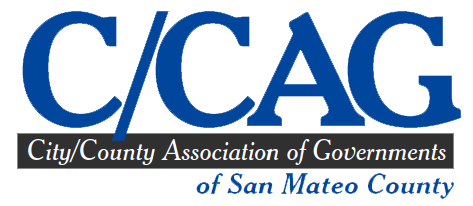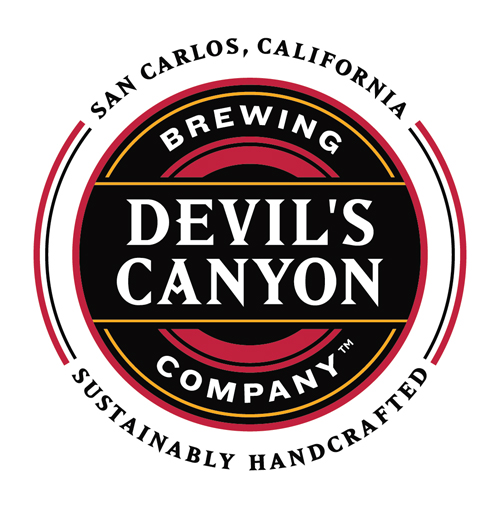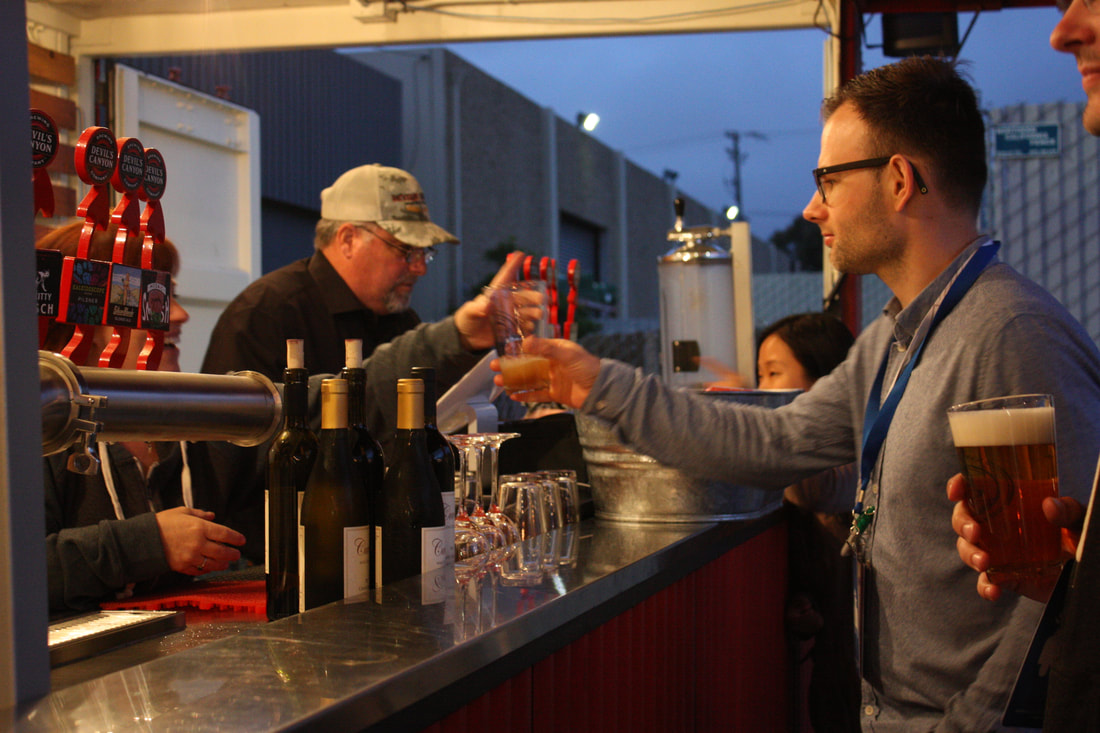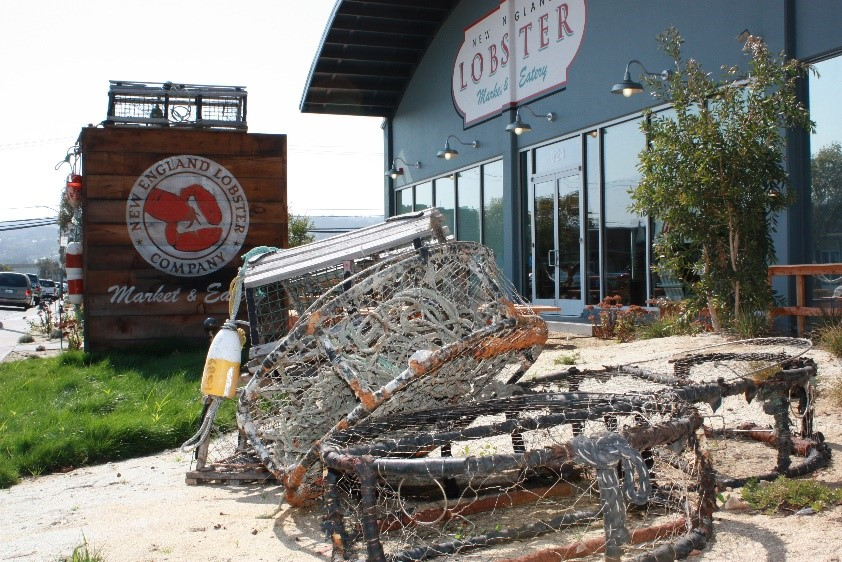In 2018 the San Mateo County Energy Watch, a program of the City/County Association of Governments of San Mateo County (C/CAG), accelerated energy efficiency projects in San Mateo County by administering a Municipal Energy Efficiency Call for Projects. By the end of the year, SMC Energy Watch distributed $420,000 in grant funding to 10 cities and the County of San Mateo through the program. Funding reimbursed the government agencies for staff time spent implementing energy efficiency projects.
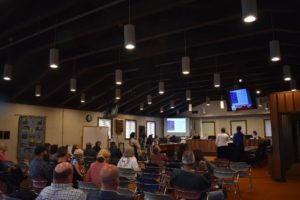
City of Pacifica was one of the 11 agencies that benefitted from the Call for Projects program. The City leveraged the funding to improve heating and lighting in its Council Chambers, as well as reduce utility costs.
The boiler system for the City’s Council Chambers had broken. Rather than replacing it with a traditional central heating system, SMC Energy Watch recommended installing a ductless “mini-split” heat pump to save energy and make the building’s temperature more comfortable for occupants. A ductless heat pump system is more energy efficient because it uses refrigerant lines to connect an outdoor unit to multiple indoor units. This prevents 30% of the energy from being lost by pushing heated air through leaky and bulky ducts. Since the ductless heat pump system’s multiple indoor units heat different rooms or zones, they can be turned off in unoccupied rooms to save additional energy.
The City of Pacifica also improved lighting quality in the Council Chambers by replacing over 100 outdated light bulbs with highly-efficient LED lighting. The retrofit will reduce the building’s annual energy use by 22,000 kilowatt hours, saving the City 10% on the building’s electricity costs each year. The project will also trim the City’s carbon footprint by almost 16 metric tons of carbon dioxide a year – the equivalent of the pollution from more than three cars for one year.
The City of Pacifica has also furthered its commitment to reduce greenhouse gas emissions from City operations by installing solar panels on the City’s Wastewater Treatment Plant and at the City Council Chambers/Sharp Park Pump Station. The Council Chambers HVAC and LED Lighting projects are small steps in reaching Pacifica’s goal of significantly reducing greenhouse gas emissions and carbon footprint.
In addition to Pacifica’s lighting and heating upgrades, SMC Energy Watch funded staff time to facilitate upgrades to heating and cooling systems and lighting at the Town of Colma, lighting and window retrofits at City of Half Moon Bay, improvements to heating and cooling systems at City of Foster City, and lighting upgrades at City of Redwood City.
Collectively, these energy projects will reduce energy use by approximately 2.5 million kilowatt hours annually, once the projects are complete. The retrofits will also slash San Mateo County’s carbon footprint by nearly 1,800 metric tons of carbon dioxide – the equivalent of the pollution from 375 cars or from the energy used to power 212 homes for one year.


